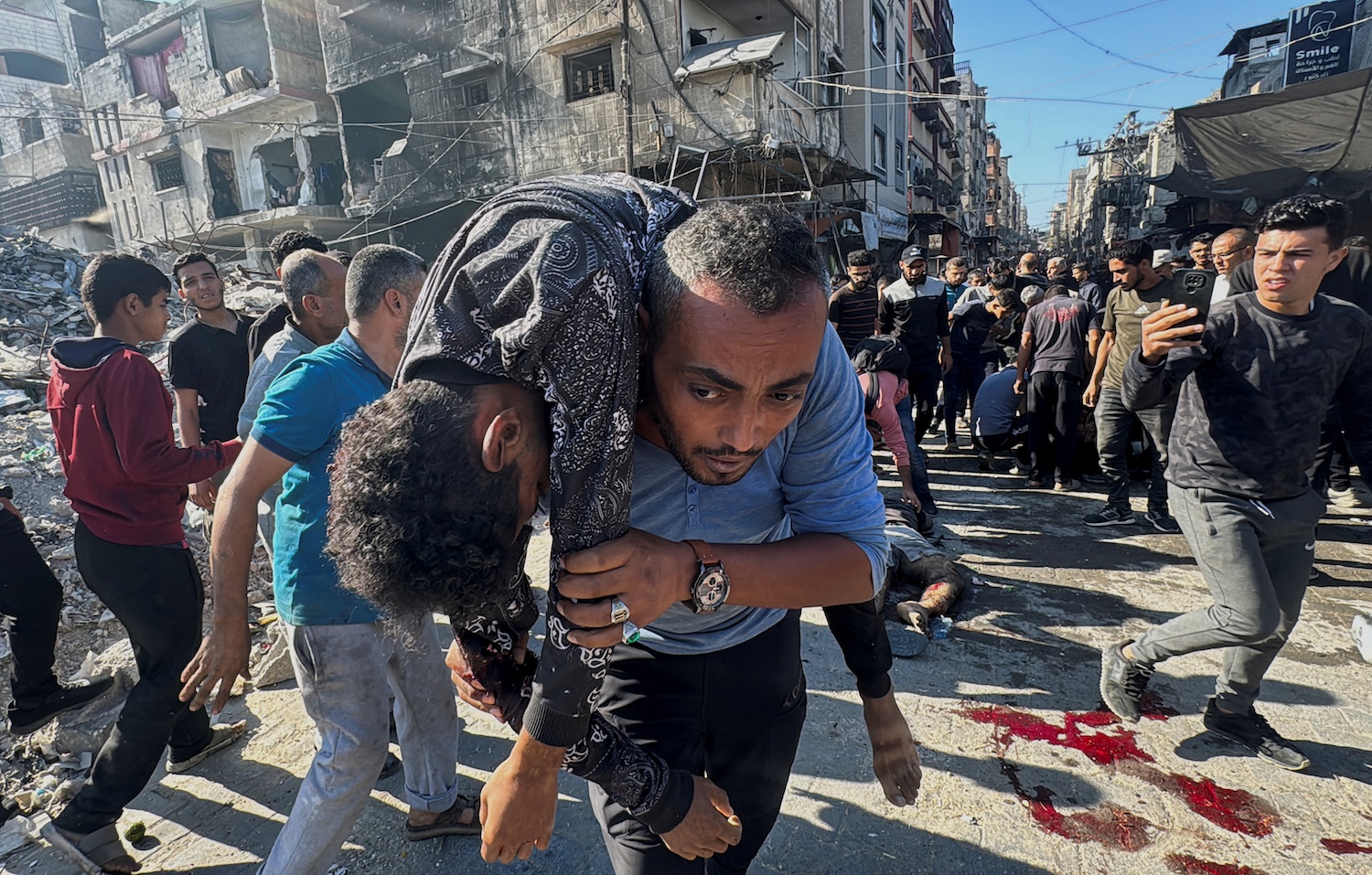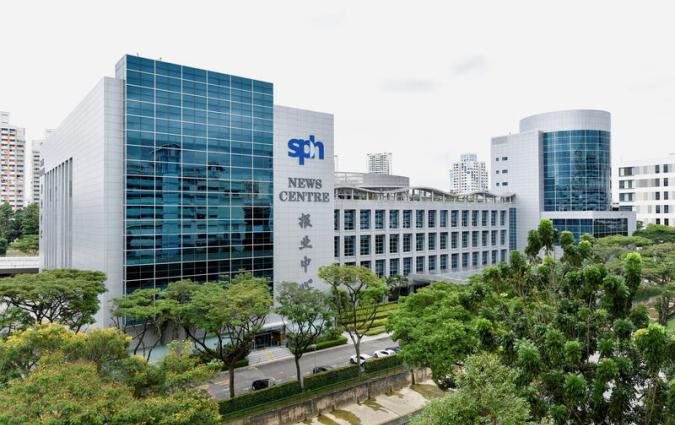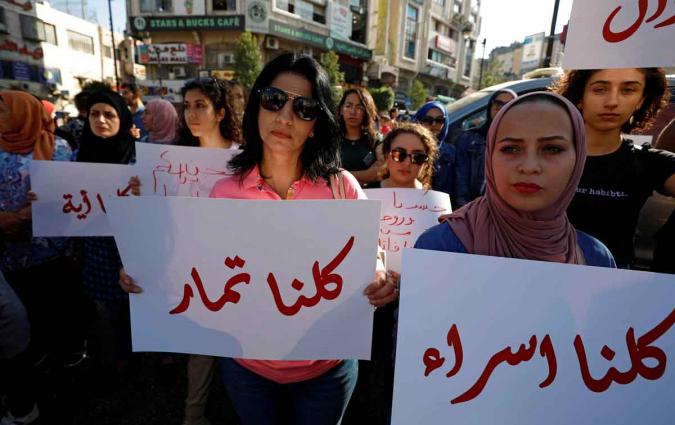In this piece
What Gaza teaches us about improving Singapore’s coverage of race and religion

A Palestinian carries an injured person following an Israeli strike, amid the Israel-Hamas conflict, in Beit Lahiya in the northern Gaza Strip on 30 October 2024. REUTERS/Stringer
In this piece
Religion and race: a media minefield | Baked-in bias: the challenge of neutral coverage | Observation 1: coverage that toes the line | Observation 2: Tiptoeing through the terminology | Observation 3: Silence is no longer golden | A six-point plan for improved coverage of Gaza in Singapore press | ConclusionIn secular, multicultural societies like Singapore and Indonesia, reporting on religion and race demands careful handling. These issues carry close links to national identity, social cohesion, and political stability.
In the year since October 2023, the Israeli-Gaza conflict has brought these sensitive issues into sharp relief. This was not merely a “war” between Palestinians and Israelis; it is a multifaceted, deeply emotional issue that resonates on a personal level for many people around the world.
In Singapore, discussions on race and religion are often kept behind closed doors to preserve social harmony. My fellowship project will argue that it is time for Singapore to consider fostering more open conversations on these topics – not in defiance of conflict or at the cost of neutrality, but to foster understanding and empathy.
By examining the Singaporean and Indonesian context, as well as the Gaza coverage there between October 2023 and 2024, I aim to shed light on how each country balances religion and social harmony.
Sharing insights from journalists, public officials, and experts, I hope to demonstrate how having more conversations on religion and race can foster a deeper understanding – ultimately strengthening the social fabric of society.
Religion and race: a media minefield
In Singapore, religious harmony is considered integral to social stability. The population is diverse, with 75.6% ethnic Chinese, 15.1% Malays (mainly Muslims), and 7.6% Indians.
The government adopts a proactive approach to managing potential conflicts, enforcing a zero-tolerance policy against threats to national unity and intervening when necessary to prevent religious or ethnic tensions.
Historic events like the 1950 Maria Hertogh riots and the 1964 and 1969 racial riots underscore the risks of letting simmering tensions go unchecked. Singapore’s strict regulations, such as the Maintenance of Religious Harmony Act and Penal Code, set the boundaries for acceptable religious expression.
In Indonesia, where over 87% of the population identify as Muslim, religion is a powerful political force. Ethnic and religious diversity sometimes drives tensions and violence.
Both countries face the challenge of balancing religious freedom with social harmony. Journalists play a key role in promoting understanding and are aware that their reporting could lead to unwanted consequences.
Baked-in bias: the challenge of neutral coverage
Media outlets in Singapore and Indonesia face significant challenges in reporting on the Gaza conflict, largely due to geographical distance, limited resources, and the lack of on-the-ground correspondents. They rely heavily on Western media outlets and wires, which can, whether intentionally or not, introduce biases and limit the diversity of perspectives.
Systemic bias in Western coverage of the Gaza conflict has been highlighted in many studies. The Intercept found that major U.S. newspapers mentioned “Israel” or “Israeli” more often than “Palestinian,” despite far higher Palestinian casualties. It also found emotive language, like “massacre” and “bloodbath”, was used to describe Israeli victims.
Similarly, the Centre for Media Monitoring, a project of the Muslim Council of Britain, observed that the UK media quoted pro-Israeli sources more frequently, and their language portrayed Israelis as victims more frequently than Palestinians.
The challenge for Singapore and Indonesia media lies in sourcing diverse perspectives, offering critical analysis, and maintaining balanced reporting.
Observation 1: coverage that toes the line
In both Singapore and Indonesia, coverage has tended to stick closely to national diplomatic narratives. It’s a criticism that Singaporean media has faced often, although – particularly in situations of conflict – it is not unusual for media in any country to “rally around the flag”.
This is less of an issue in a country like Indonesia, where the media environment is more diverse, with independent outlets expressing a wide range of views.
In contrast, Singapore’s media are more uniform, and their coverage has prioritised strict neutrality over a diversity of perspectives, resulting in similar narratives across outlets. It is clear simply aiming for journalistic balance is not enough.
Observation 2: Tiptoeing through the terminology
One way that outlets in both countries have emphasised neutrality is to avoid the use of inflammatory language. This is standard journalistic practice globally. However, for those directly affected by the conflict, putting too much focus on neutral language can obscure or disqualify the stories of individuals impacted.
Gazan journalist Yousef Hammash, in a discussion with Reuters Institute journalist fellows, urged against getting bogged down in debates over casualty numbers or terms like “genocide”. Instead, he stressed the need to humanise those affected, saying, “Let’s hear their names, who they are, not just the numbers.”
Observation 3: Silence is no longer golden
What is unreported in mainstream media today is often taken up by social media, with audiences left to interpret for themselves why the mainstream coverage is missing. Silence or omissions on a particular topic may become glaring signals that draw attention to themselves.
When we leave our audiences to find representation on social media, we are dooming them to sift through misinformation, bias, and emotive language to uncover the facts that will inform their reality.
A six-point plan for improved coverage of Gaza in Singapore press
Singapore’s press can improve its coverage of Gaza by addressing gaps in context, nuance, and representation.
- Training and immersion: Journalists should receive training on ethical reporting, unconscious bias, and Singapore's legal frameworks. Models like Kompas in Indonesia, which employs religion-savvy journalists, provide valuable insights.
- Religious literacy: Newsrooms should introduce religion specialists and train editors in cultural sensitivities to enhance reporting quality.
- Middle East engagement: Hiring Middle Eastern correspondents or partnering with local outlets ensures richer, more diverse perspectives.
- Media literacy for readers: Providing fact-checking tools and in-person discussion groups can foster critical source evaluation and combats misinformation.
- Community dialogue: Active engagement with religious leaders and civil society – and not just the usual suspects – enhances representation.
- More explainers and grassroots stories: Monitor community platforms to identify emerging grassroots voices and make space for their stories, and – where confusions and misinformation persists – commission explainer content to deepen public understanding.
Conclusion
Thoughtful, open dialogue – especially on issues like religion and race – requires a safe, respectful space where all voices can be heard without fear of reprisal.
We all interpret facts through our own lens, shaped by our personal realities and perceptions. Presenting only one or a few perspectives risks oversimplifying the Gaza conflict and giving a skewed picture of the situation, thus hindering meaningful dialogue.
That is not what quality journalism is about. Legacy media like The Straits Times have a unique responsibility to add layers to the reporting of Gaza, proving itself as a reliable reference in an era of polarised narratives.
In every email we send you'll find original reporting, evidence-based insights, online seminars and readings curated from 100s of sources - all in 5 minutes.
- Twice a week
- More than 20,000 people receive it
- Unsubscribe any time




